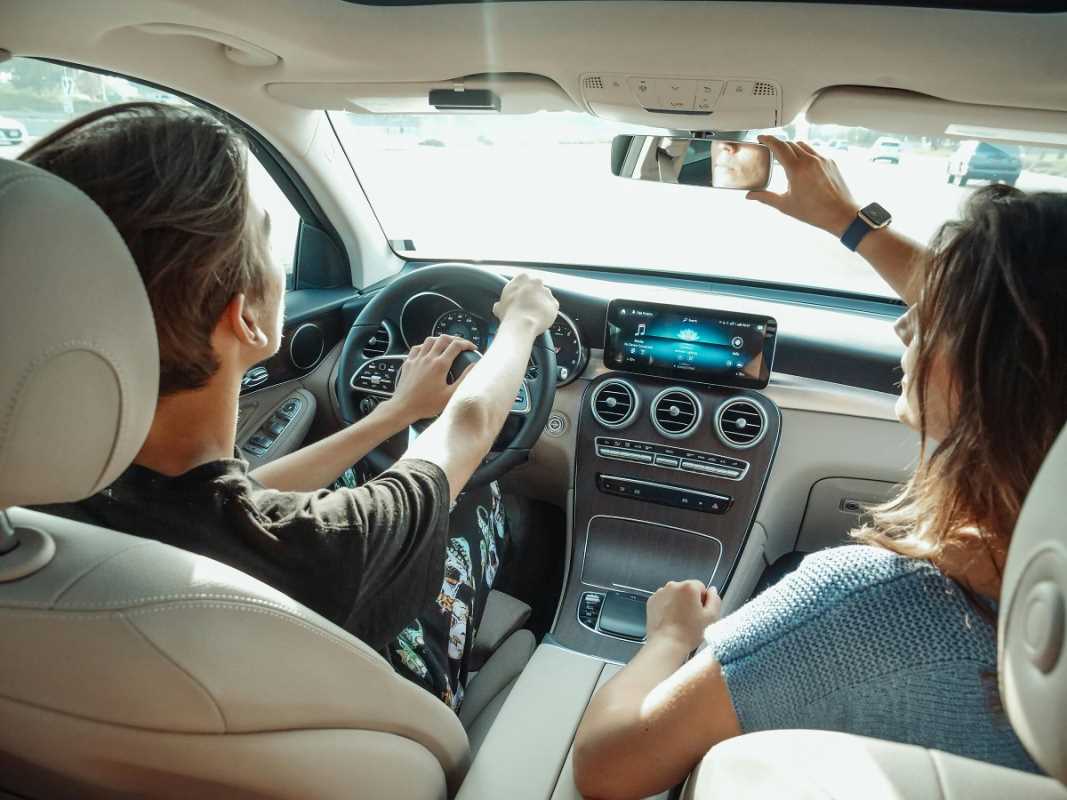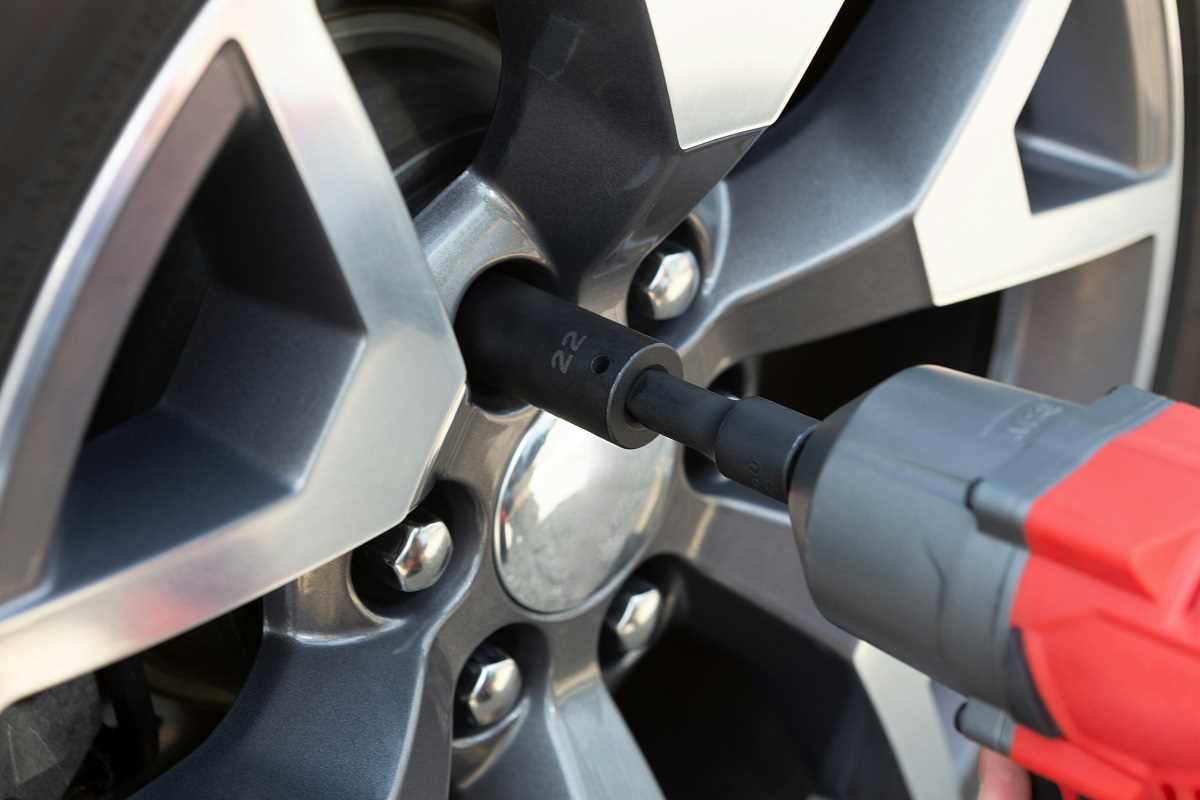Thanksgiving travel can transform from a simple drive to a true test of patience as millions hit the roads simultaneously. Having made this journey countless times with my family, I've experienced everything from smooth sailing to white-knuckle winter driving and gridlock traffic that seemed to stretch to the horizon. The good news is that with thoughtful preparation and the right mindset, you can significantly reduce the stress while keeping safety as your top priority. Whether you're driving across town or across several states to reach your Thanksgiving destination, these strategies will help ensure your holiday journey remains something to be thankful for rather than an ordeal to endure.
Planning Your Route and Timing
The most effective strategy for reducing Thanksgiving road trip stress begins long before you start the engine. Carefully analyzing your route options can save hours of frustration and significantly improve safety. While GPS navigation has become standard for most travelers, taking time to study your route in advance helps you understand potential bottlenecks, construction zones, and alternative paths should you encounter unexpected delays. Many navigation apps now provide historical traffic data, showing typical congestion patterns for specific dates and times, particularly valuable for Thanksgiving travel when certain highways become notoriously crowded.
Fuel considerations take on added importance during holiday travel when service stations may have longer lines or, in remote areas, might close for the holiday. A good practice is to refill whenever your tank drops below half-full, providing ample cushion should you encounter unexpected detours or delays. For electric vehicle drivers, holiday travel requires even more careful planning, as charging stations may have longer wait times and charging takes longer than traditional refueling. Using apps that show real-time charging station availability can prevent potentially lengthy delays.
Vehicle Preparation for Winter Conditions
Your vehicle's readiness for winter conditions becomes particularly important during Thanksgiving travel, as late November often brings the season's first significant winter weather to many regions. Schedule a pre-trip maintenance check at least two weeks before departure, allowing sufficient time to address any issues discovered. This inspection should include checking all fluids, testing the battery, examining belts and hoses, and ensuring all lights function properly. A marginal battery that works adequately in milder conditions often fails during the first cold snap, making this a critical safety check.
Heating and defrosting systems should be thoroughly tested before departure, as their proper function becomes safety-critical during winter driving. Verify that your heater produces adequate warm air throughout the cabin and that defrosters effectively clear both the windshield and rear window. If your vehicle has heated mirrors or seats, confirm their operation as well. These comfort features become important safety systems during winter travel, ensuring clear visibility and preventing driver fatigue that can result from being too cold for extended periods.
Navigating Holiday Traffic Safely
Maintaining adequate following distance becomes even more crucial during heavy Thanksgiving traffic, where sudden stops occur frequently and reaction time may be compromised by fatigue or distractions. While the traditional recommendation is a two-second gap between vehicles, increasing this to four or even six seconds during holiday travel provides valuable additional reaction time. This expanded buffer zone compensates for potentially slippery conditions, reduced visibility, or the unpredictable behavior of other stressed holiday travelers who may make sudden lane changes or braking decisions.
Defensive driving techniques should be emphasized during holiday travel when encountering drivers who may be unfamiliar with their routes, distracted by passengers, or fatigued from long hours on the road. Scan continuously for potential hazards, checking not just the vehicle immediately ahead but maintaining awareness several cars forward to anticipate slowdowns before they reach you. Stay out of other drivers' blind spots, particularly for large trucks whose visibility is already compromised and stopping distances are significantly longer than passenger vehicles.
- Keep a charged phone and emergency contacts readily available
- Pack water and non-perishable snacks in case of extended delays
- Carry blankets or extra clothing for unexpected weather changes
- Ensure all passengers use proper restraints throughout the journey
- Plan for pet travel needs with appropriate carriers and breaks
- Download offline maps in case of cellular coverage gaps
- Share your travel itinerary with someone not in your vehicle
- Consider a roadside assistance membership before traveling
- Keep medications within easy reach, not packed in the trunk
- Stay updated on weather conditions throughout your route
Rest and alertness deserve particular attention during Thanksgiving travel, as many drivers push beyond reasonable limits to reach their destinations. Recognize the warning signs of fatigue, heavy eyelids, difficulty focusing, drifting within your lane, or missing exits, and take immediate action by finding a safe place to stop. Even a 20-minute nap can significantly improve alertness for continued safe driving. Consider rotating drivers every two hours on longer journeys, allowing each person to rest while maintaining steady progress toward your destination.
Managing Passengers and Distractions
Family dynamics can create significant distractions during holiday travel, particularly when vehicles are fully loaded with excited children, pets, and holiday gifts. Establish clear expectations for behavior before beginning your journey, explaining that the driver's need for concentration directly impacts everyone's safety. For younger children, involve them in creating "car rules" that they help enforce, giving them ownership in maintaining a safe environment while traveling.
Pet considerations require special attention during holiday travel, as an uncomfortable or anxious pet can create significant distractions. Ensure proper restraint using approved pet carriers or harness systems that prevent pets from moving freely throughout the vehicle. Schedule regular breaks for exercise and relief, using a leash even in seemingly safe areas as pets may become disoriented in unfamiliar surroundings. Never leave pets unattended in vehicles during stops, as temperatures can quickly reach dangerous levels even on moderately warm days.
Arriving Safely and Managing Unexpected Situations
Flexibility with arrival expectations reduces stress significantly during holiday travel when delays are common and often unavoidable. Communicate realistic timeframes to your hosts, building in buffer time for unexpected traffic or weather delays. Consider using phrases like "We plan to arrive sometime between 3 and 6 PM" rather than promising specific arrival times that create pressure to maintain unsafe speeds when delays occur. Remember that arriving slightly late but safely is infinitely preferable to not arriving at all due to an accident caused by rushing.
Arriving mentally present and physically rested enhances your holiday experience significantly, making the journey planning worth the effort. In the final hour of your drive, consider switching to calming music, practicing deep breathing, and mentally transitioning from "travel mode" to "holiday mode." Upon arrival, take a few minutes to stretch, rehydrate, and compose yourself before joining festivities. This brief transition period allows you to leave travel stress behind and fully engage with the Thanksgiving celebration that made the journey worthwhile.
 (Image via
(Image via
.jpg)




